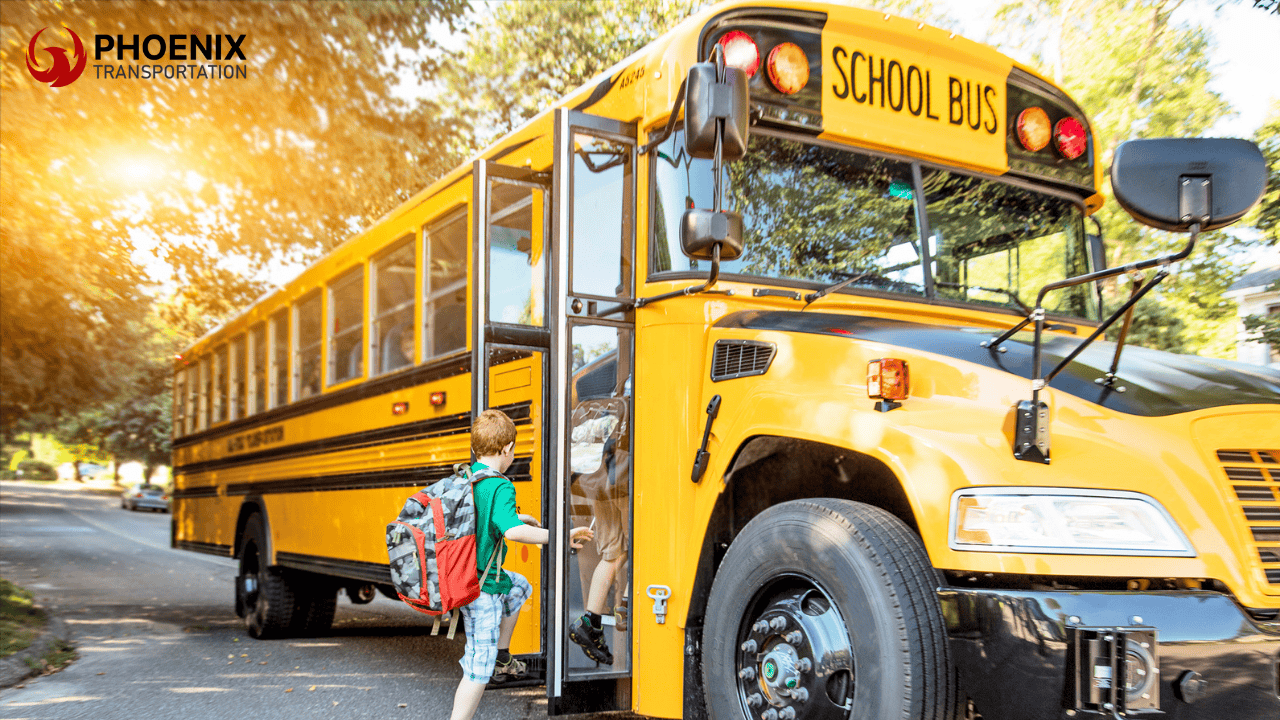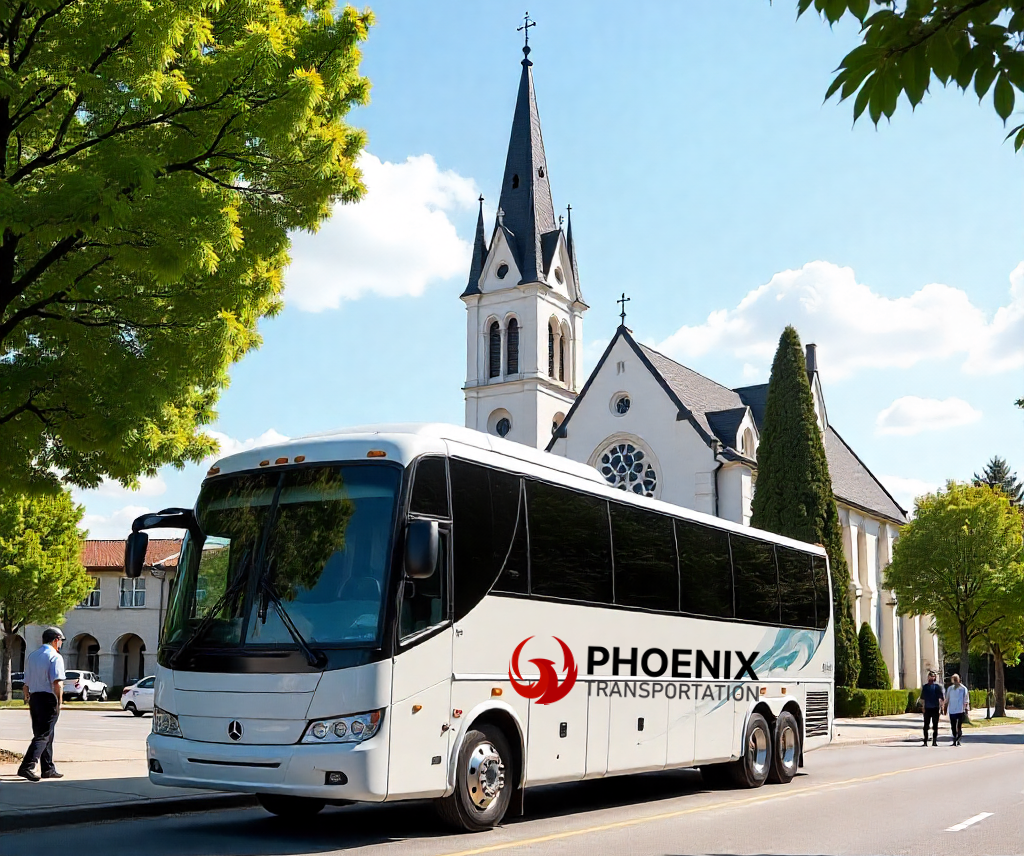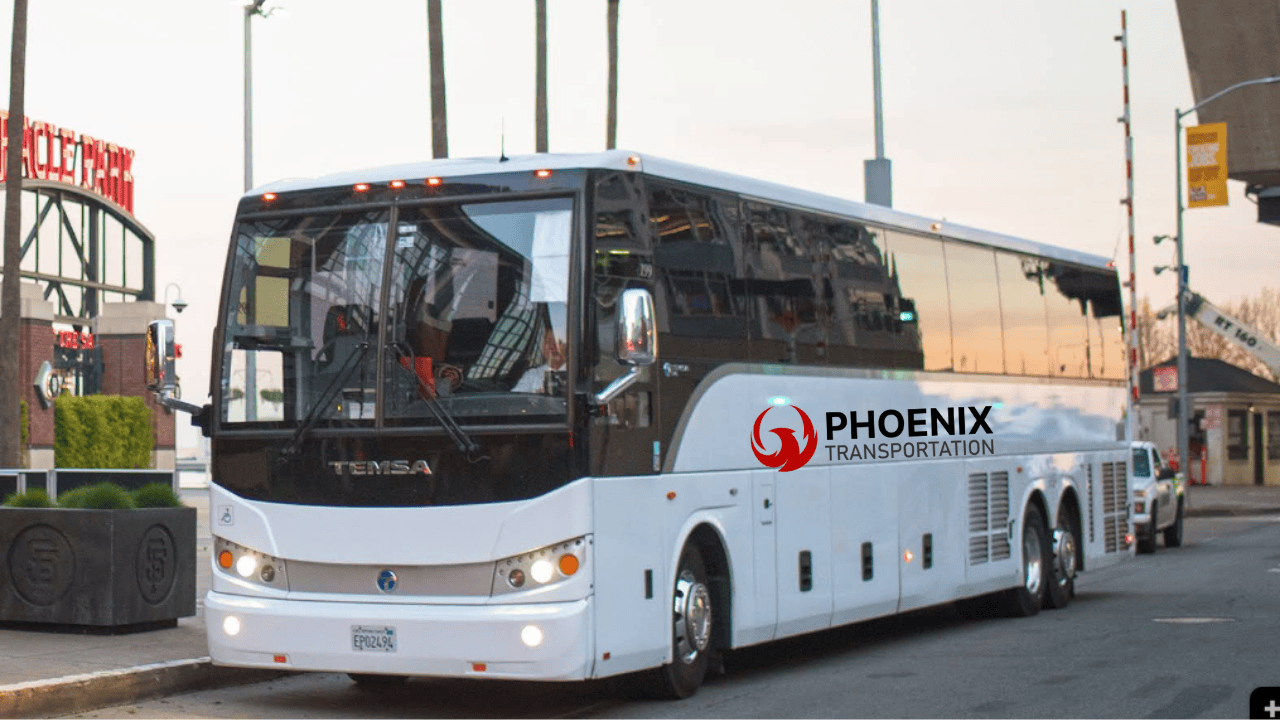School buses are yellow because the color is highly visible in all lighting conditions, improving safety. The answer to “why are school buses yellow” lies in its ability to alert drivers quickly and protect children.
Key Takeaways:
- Yellow increases bus visibility.
- Standardized in 1939 for safety.
- Helps drivers spot buses quickly.
- Enhances child transportation safety.
The Origin of the Iconic Yellow School Bus
The instantly recognizable yellow school bus is a symbol of safety, childhood, and education. But this wasn’t always the standard. Before the 20th century, children traveled to school in a variety of ways—on foot, by horse-drawn wagons, or private vehicles. There was no standard color or design for school transportation until 1939, a pivotal year in school bus color history.
In April 1939, Dr. Frank W. Cyr, often referred to as the “Father of the Yellow School Bus,” organized a national conference at Teachers College, Columbia University. This gathering included transportation officials, manufacturers, and paint experts. The goal was to create a unified standard for school buses across the United States. One key outcome of this meeting was the selection of a standardized color—National School Bus Glossy Yellow, later known as “National School Bus Yellow.“
Why Yellow? The Science Behind the Color Choice
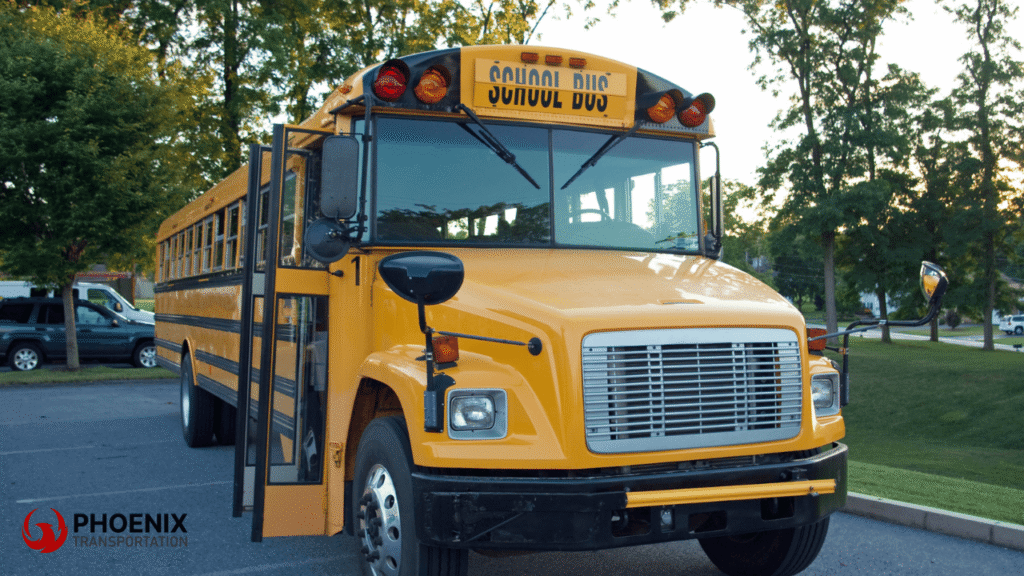
The decision to use yellow was not arbitrary. It was deeply rooted in scientific research and visibility studies. Yellow is a color that:
- Catches the human eye quickly, even in peripheral vision
- Stands out in low light conditions, such as early morning or late afternoon
- Is visible through fog, rain, and snow
Human eyes are particularly sensitive to yellow and red wavelengths. While red is typically used for warnings (such as stop signs or brake lights), yellow offers high visibility without the aggression of red. This balance makes it perfect for alerting drivers to the presence of children.
Additionally, black lettering on yellow provides maximum contrast, making signage easy to read from a distance. The Federal Highway Administration also endorses the use of high-visibility colors for safety, as explained in their article on using color and contrast to improve visibility.
Standardization: Creating a Safe and Uniform System
Before 1939, the lack of uniformity led to confusion and inconsistent safety practices. Dr. Cyr’s conference established 44 national school bus design standards, including:
- Dimensions and construction
- Interior specifications
- Lighting and signaling devices
- Paint color and reflectivity
The standardization of the school bus not only made transportation more efficient but also greatly enhanced safety across states. The yellow school bus became a mobile extension of the classroom, designed with strict safety protocols and regulated construction materials.
Psychological Impact: Yellow as a Signal of Caution and Care
The color yellow is used globally as a symbol of caution and care. Think of traffic warning signs, hazard symbols, and pedestrian crossings. By choosing yellow as the school bus visibility color, school buses communicate a clear and consistent message to other drivers: slow down, children are present.
This psychological cue plays a critical role in reducing accidents. Studies have shown that drivers react faster to yellow vehicles than to other colored vehicles in the same traffic situations. The association of yellow with vulnerability and youth increases alertness and caution on the road.
Regulatory Adoption: Yellow Goes Nationwide
Following the 1939 conference, adoption of the yellow school bus spread rapidly. By the early 1940s, the vast majority of school districts in the United States had embraced the new standards. Eventually, Canada and many other countries also adopted the yellow school bus model, recognizing its benefits in terms of visibility and safety.
The color became federally mandated for all school buses transporting students. Regulations now require that buses be painted National School Bus Yellow, a unique color with a specific code defined by the Federal Standard 595a.
Engineering for Safety: Beyond Just the Color
While the yellow paint is crucial for visibility, school bus safety features are the result of comprehensive design. Some of the engineering features include:
- High crush resistance frames designed to withstand impact
- Compartmentalization seating that protects children without seat belts by using high, padded seat backs
- Flashing red and yellow warning lights that signal stops and starts
- Stop arms and crossing gates that extend from the bus to protect children entering or exiting
- Reinforced side panels and emergency exits
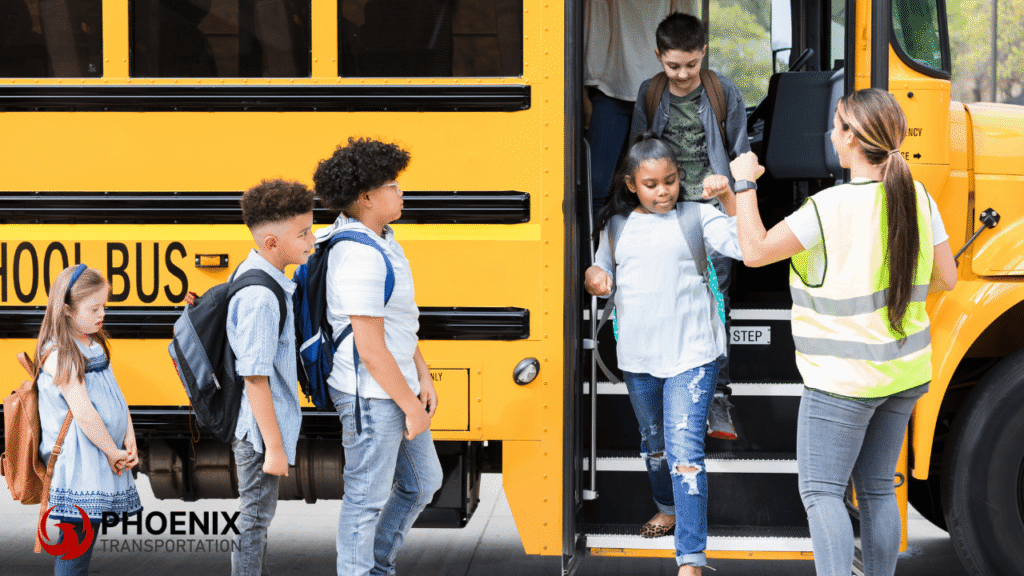
The combination of these features, along with the bright yellow color, creates one of the safest modes of transportation for children in the country. In fact, according to the National Highway Traffic Safety Administration, children are 70 times more likely to arrive at school safely when traveling by school bus than by car.
The National Highway Traffic Safety Administration provides comprehensive information on school bus safety, including crash prevention technologies and federal safety guidelines.
International Influence: The Yellow Bus Around the World
Though the yellow school bus is most iconic in the United States and Canada, its influence has spread globally. Countries such as Mexico, India, Japan, and the Philippines have begun adopting yellow buses for school transportation due to their high visibility and adherence to strict school bus safety standards.
However, in many countries, variations in shade or design may occur. In the U.K., for example, school buses may be yellow but are often also branded with specific signage. Still, the influence of the original National School Bus Yellow remains central.
Modern Innovations: Enhancing Yellow Bus Safety with Technology
As technology evolves, so do school buses. New innovations aim to enhance the already excellent safety record of yellow school buses:
- GPS tracking systems for route optimization and real-time updates
- Onboard cameras for monitoring student behavior and security
- Automatic stop-arm enforcement cameras to capture illegal passers
- Electric school buses that reduce environmental impact while maintaining the same safety standards
- Advanced Driver Assistance Systems (ADAS) such as lane departure warnings and collision avoidance
Despite these upgrades, the core design and yellow paint remain unchanged, a testament to the enduring effectiveness of the original 1939 standard.
Trusted Transportation for Today’s Needs
Even with the historic importance of yellow school buses, modern families and schools often need additional reliable options for school trips, campus shuttles, and event transportation. That’s where Phoenix Transportation San Francisco comes in—providing safe, professional, and punctual services that maintain the same dedication to safety and care established back in 1939. Whether for daily student commutes or special educational outings, their team ensures comfort and security every mile of the journey.
The Legacy of Yellow: A Color That Saves Lives
The school bus is not just a method of transportation—it’s a rolling safety device, a piece of infrastructure that protects millions of students every day. Its yellow color is not cosmetic but strategically chosen to prevent accidents, increase awareness, and safeguard children.
From Dr. Cyr’s vision in 1939 to today’s cutting-edge buses, the color yellow has played a central role in the evolution of school transportation. It is more than tradition—it is a science-backed, regulation-supported safety measure that continues to save lives.
